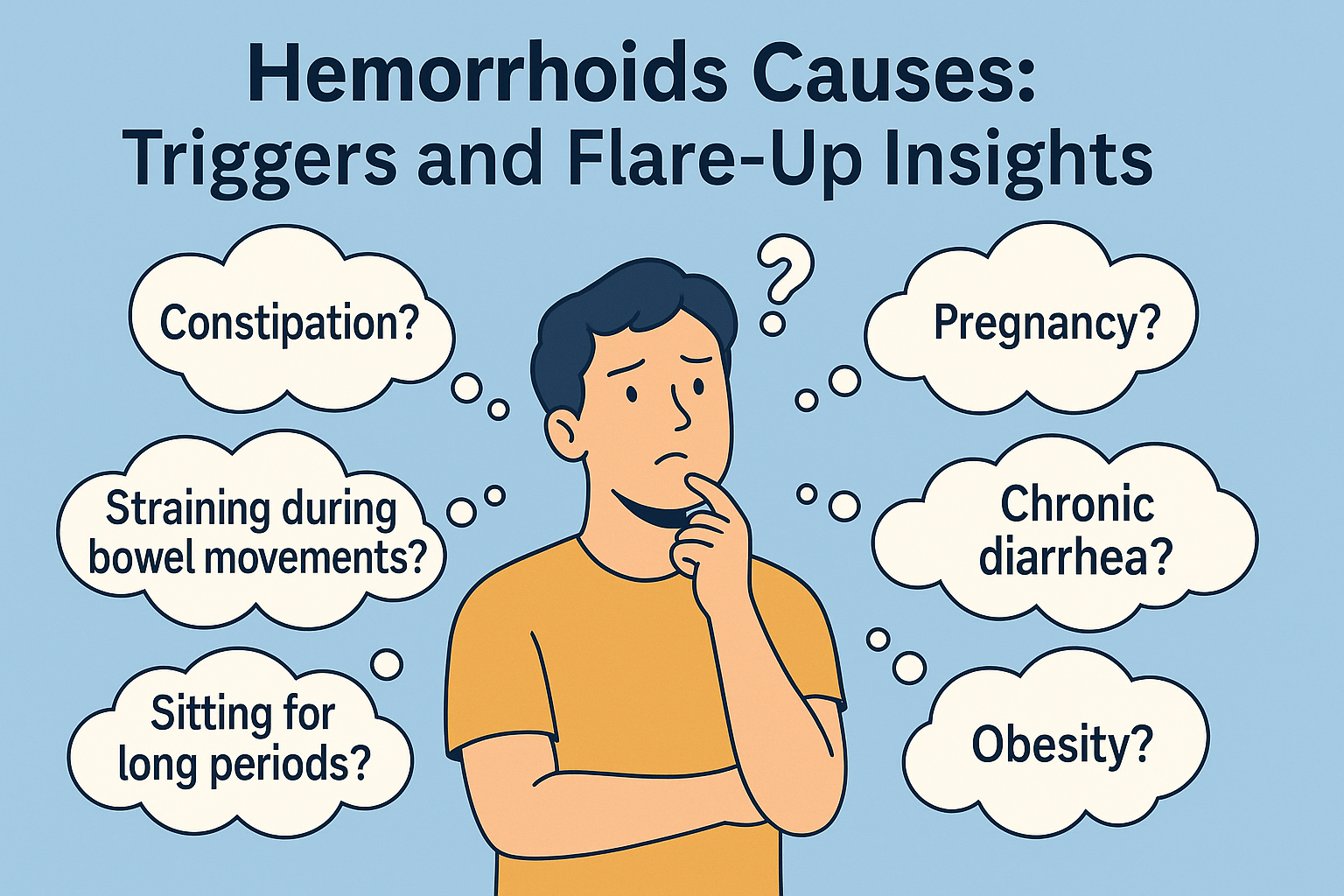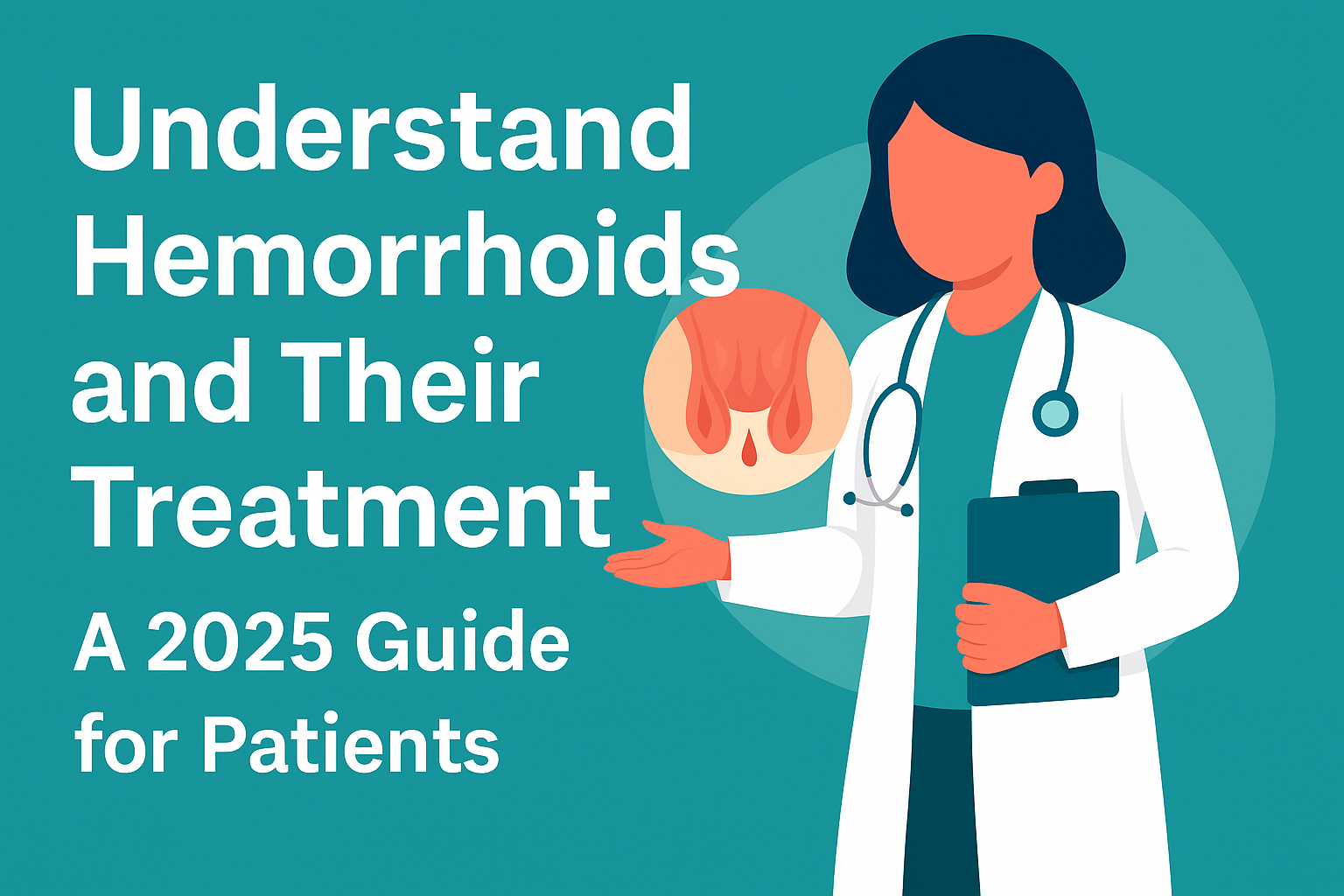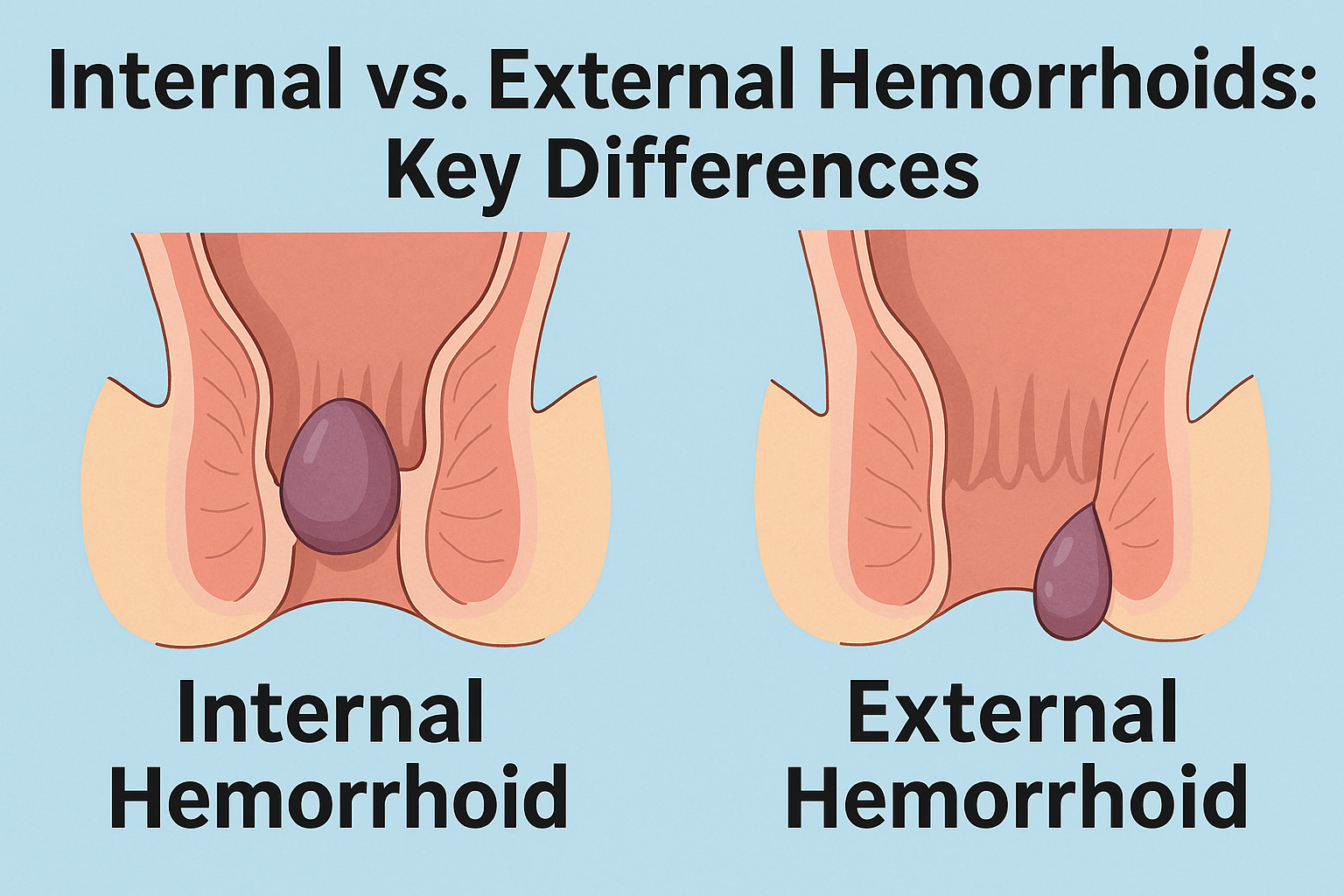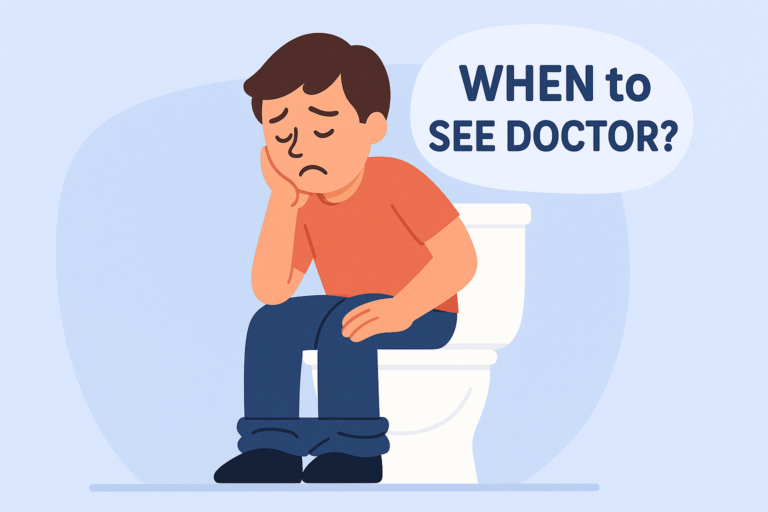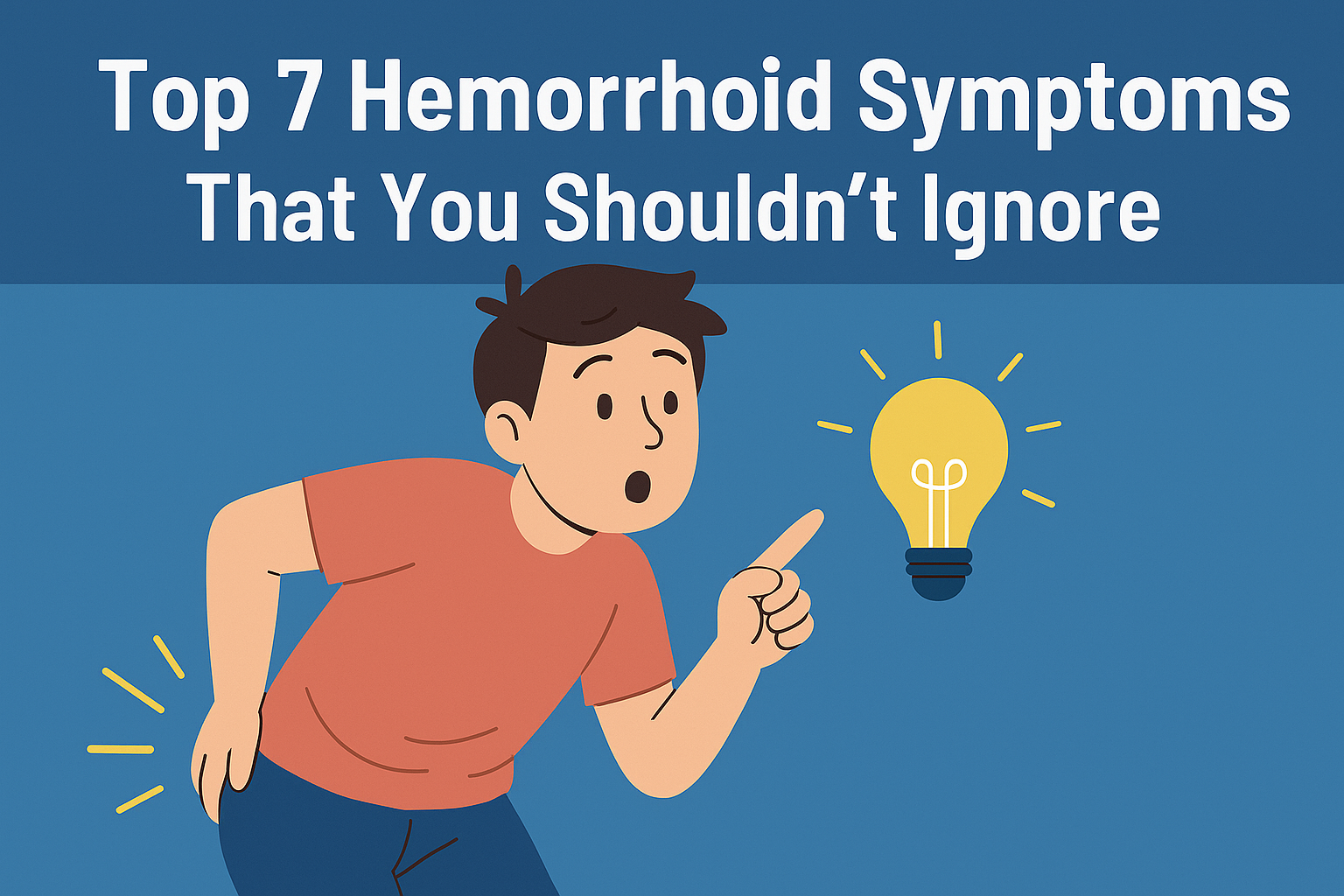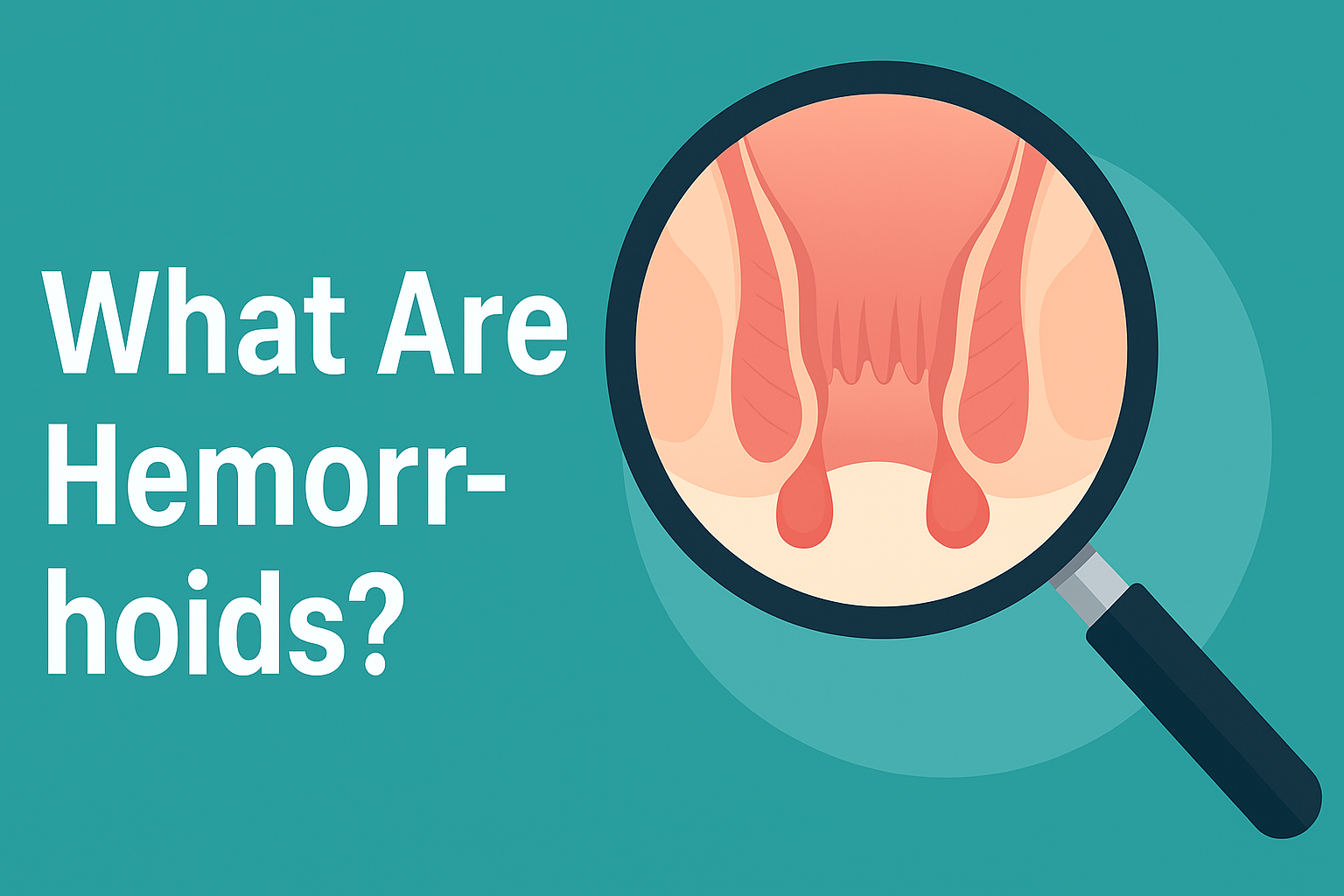
Itching, discomfort, or a little blood after using the bathroom—these symptoms can be alarming, and your first thought might be: “Do I have hemorrhoids?” You’re not alone. Hemorrhoids are one of the most common conditions adults face, yet few truly understand what they are and what are hemorrhoids, why they happen, or how to deal with them.
In this guide, we’ll give you a clear and medically accurate explanation of what are hemorrhoids really are—without confusing jargon or overwhelming details. Whether you’re worried about your own symptoms or just want to better understand your body, this article is the perfect place to start.
By the end, you’ll finally have a straight answer to that nagging question: what are hemorrhoids—and a solid foundation for choosing the right hemorrhoid treatment if you ever need it. Let’s break it down simply and clearly.
Understanding Hemorrhoids: Medical Definition Made Simple
Hemorrhoids are swollen blood vessels located in the lower rectum or around the anus.
👉 According to Mayo Clinic, they develop when pressure increases in the lower rectum, causing these veins to stretch and bulge. Everyone has hemorrhoidal tissue—it’s a normal part of your anatomy, helping with stool control and cushioning during bowel movements. They only become a “problem” when these veins become enlarged, irritated, or inflamed.
Think of them like the body’s version of a soft, internal pillow. When pressure builds up—whether from straining, constipation, pregnancy, or sitting for long periods—these veins can stretch and bulge. That’s when you might start noticing symptoms like pain, itching, or bleeding. But the condition isn’t dangerous in itself—it’s just uncomfortable, and in most cases, completely manageable.
How Hemorrhoids Differ from Normal Vein?
While hemorrhoids may sound like a foreign growth or disease, they’re actually just blood vessels that have changed under pressure. Normally, these veins stay soft, flexible, and unobtrusive, helping seal the anus and control stool. But when they’re stretched beyond their capacity—due to chronic straining, pregnancy, or other pressure—they begin to bulge and lose their ability to function properly.
At that point, what was once helpful tissue becomes a source of discomfort. The walls of the veins may weaken, blood can pool inside them, and the surrounding tissue becomes swollen. This transformation is what defines a hemorrhoid—not the presence of the vein itself, but its irritated, inflamed condition. Understanding this shift helps take away the fear—it’s not that something new has grown, but that something normal has gone out of balance.
Why Do Hemorrhoids Swell? The Root Causes
Hemorrhoids swell when there’s too much pressure in the veins of your lower rectum and anus. This pressure slows blood flow, causing the veins to expand and become inflamed. One of the most common causes? Straining during bowel movements—usually due to constipation or sitting on the toilet too long. When you bear down repeatedly, the delicate vessels around your anus can’t keep up, and they start to stretch out of shape.
Other contributors include chronic diarrhea, heavy lifting, long hours of sitting (especially on hard surfaces), and pregnancy. In fact, pregnant women are especially prone to hemorrhoids due to increased abdominal pressure and hormonal changes that affect blood vessels. Even being overweight can increase your risk, since excess body weight adds pressure to pelvic veins.
In short, hemorrhoids don’t come out of nowhere. They’re your body’s response to ongoing stress—and a signal that something in your routine might need adjusting.
Who Gets Hemorrhoids the Most?
Hemorrhoids don’t discriminate—they can affect people of all ages and lifestyles. But some groups are at much higher risk. Office workers who sit for long stretches without movement, truck drivers, or anyone with a sedentary lifestyle are especially vulnerable. So are people who suffer from chronic constipation or spend too much time on the toilet scrolling through their phones.
Pregnant women are another major group, as the growing uterus increases pressure on the pelvic veins. Likewise, older adults are more likely to experience hemorrhoids simply because the tissues supporting their rectal veins weaken with age. Even frequent weightlifters and athletes who engage in high-intensity training may find themselves dealing with hemorrhoid flare-ups due to repeated straining.
👉 The National Institutes of Health identifies these lifestyle and physiological factors as leading contributors to hemorrhoid development.
If you fall into any of these categories, don’t panic—but do pay attention. Recognizing your risk is the first step toward prevention and long-term relief.
Common Misconceptions About Hemorrhoids
Because hemorrhoids are rarely discussed openly, misinformation is everywhere. One of the most common myths? That all hemorrhoids are painful. In reality, many internal hemorrhoids cause no discomfort at all and are only discovered during routine checkups or after noticing blood on the toilet paper. It’s the external or thrombosed ones that tend to cause the most pain.
Another common misunderstanding is that hemorrhoids are always a sign of poor hygiene or something shameful. That couldn’t be further from the truth. Hemorrhoids are a physiological condition, not a moral failing. They result from pressure and strain, not cleanliness. And no, hemorrhoids don’t turn into cancer—though some of their symptoms can mimic more serious conditions, which is why proper diagnosis is important.
👉 Cleveland Clinic debunks these and other hemorrhoid myths, helping patients separate fact from fear and take informed action.
Clearing up these myths not only reduces fear, but also helps people take the right steps without embarrassment. The more you know, the less you need to worry.
👉 Here’s how hemorrhoids compare to other anal conditions like fissures or prolapse
Conclusion: Knowing Is the First Step to Relief?
Now that you understand what hemorrhoids really are—normal veins pushed past their limits—you can begin to take control. Whether you’re trying to ease current symptoms or prevent future flare-ups, knowledge is your strongest ally. No more guessing, no more silent suffering—just clear, informed next steps.
👉 Follow our step-by-step guide on what to do if you suspect hemorrhoids
Let’s move forward, one informed choice at a time.


